Lead-acid and lithium-ion batteries are two prevalent types of rechargeable batteries that are used across various applications, from automobiles and renewable energy storage to portable electronics.
Despite serving similar purposes, they differ significantly in their chemical composition, energy density, life cycle, cost, and environmental impact.
Here’s a detailed comparison of these two battery technologies:
Chemical Composition
Lead-acid batteries have been around since the 19th century and are made up of lead dioxide (PbO2) as the cathode, sponge lead (Pb) as the anode, and sulfuric acid (H2SO4) as the electrolyte.
Meanwhile, lithium-ion batteries utilize lithium compounds as the cathode, carbon (usually graphite) as the anode, and a lithium salt dissolved in an organic solvent as the electrolyte.
That said, they are much newer, having been commercialized in the early 1990s.
Energy Density
One of the significant downsides of lead-acid batteries is their low energy density. They are bulky and heavy, making them less suitable for applications where space and weight are constraints.
Lithium-ion batteries, on the other hand, have a much higher energy density, allowing them to store more energy in a smaller and lighter package. This makes them ideal for portable electronics like smartphones and laptops, as well as electric vehicles.
Life Cycle
Generally, lead-acid batteries have a shorter lifespan, ranging from 3 to 5 years, and they also suffer from a limited number of charge-discharge cycles.
On the contrary, lithium-ion batteries offer a longer lifespan, often between 5 to 15 years depending on the use case, and can endure more charge-discharge cycles. This makes them more cost-effective in the long term.
Cost
As far as costs go, the materials and manufacturing processes for lead-acid batteries are well-established, making them relatively cheap to produce.
This is why they are commonly used in applications where initial cost is a significant factor, such as uninterruptible power supplies and starter batteries in internal combustion vehicles.
Although the costs have been decreasing, lithium-ion batteries are still more expensive upfront. However, their longer lifespan and higher efficiency often justify the initial investment, particularly in applications like electric vehicles and renewable energy storage.
Environmental Impact
Lead-acid batteries use lead, which is toxic and can be hazardous to the environment if not properly recycled. However, they have a high recycling rate, with nearly 95% of the components being reusable.
While they have a smaller ecological footprint during use due to higher efficiency, lithium-ion batteries present challenges in recycling. They often contain materials that are not only scarce but also have environmental concerns related to mining and disposal.
The Key Takeaway
While lead-acid batteries may be suitable for applications where high energy density and longevity are not crucial, and initial cost is a significant factor, lithium-ion batteries offer higher energy density, longer life, and better overall efficiency.
However, the choice between the two often depends on the specific needs of the application and your available budget.

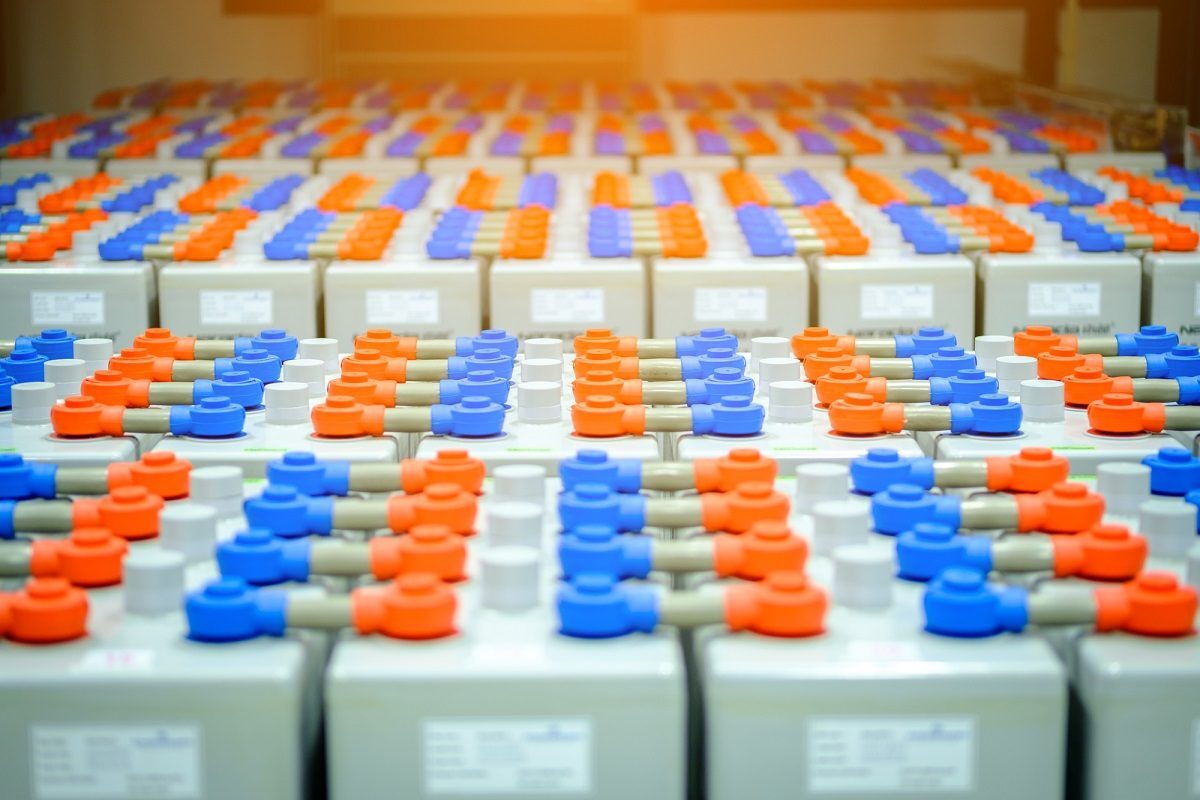
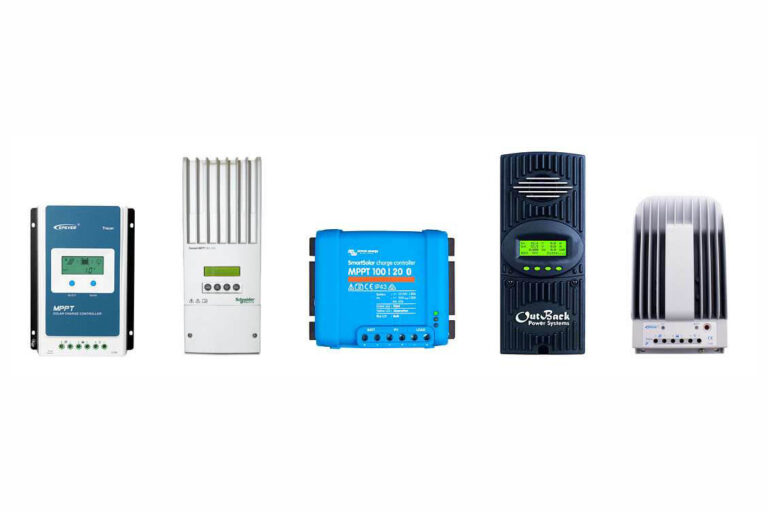
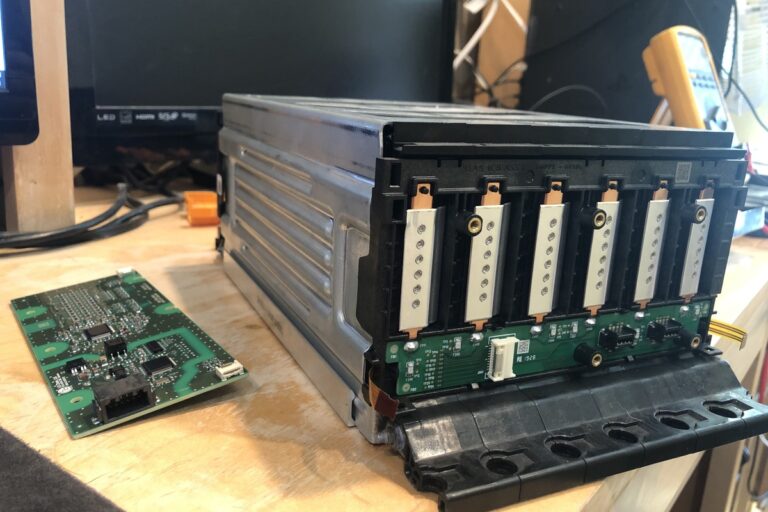
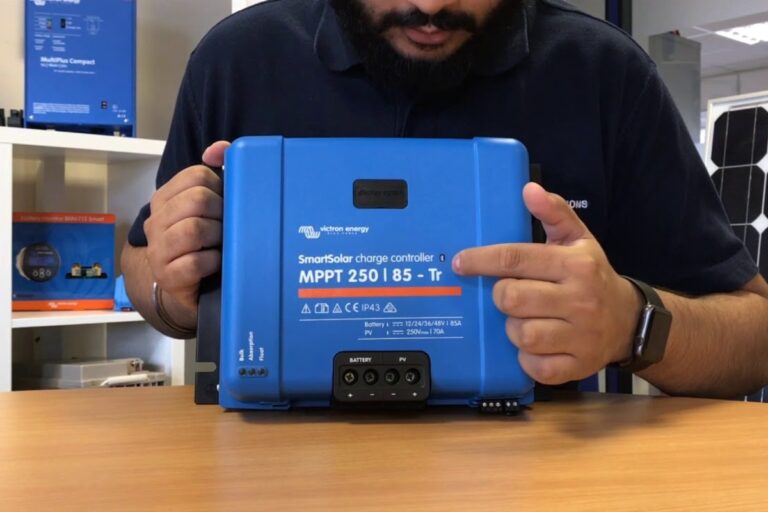
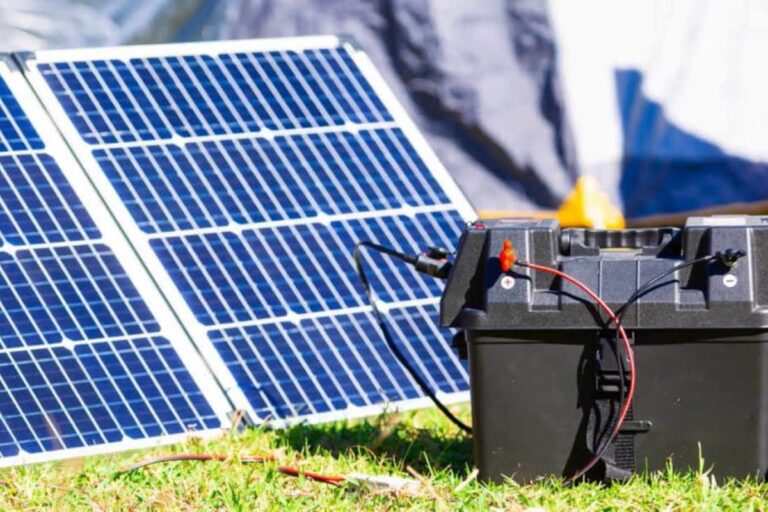
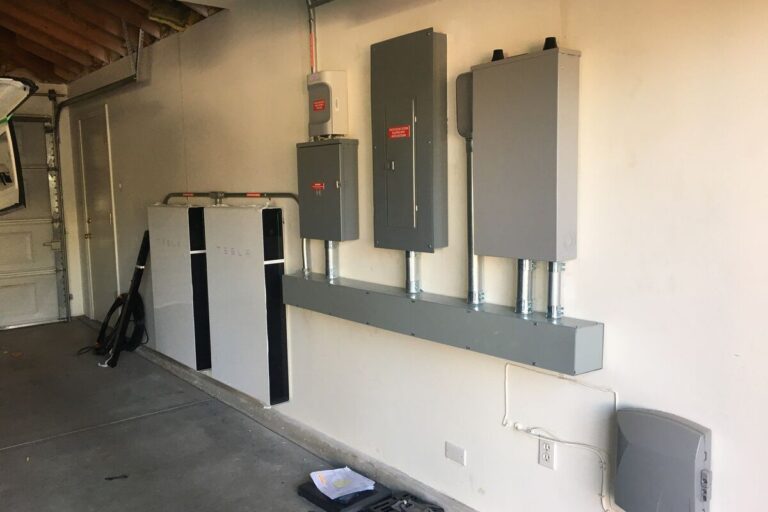
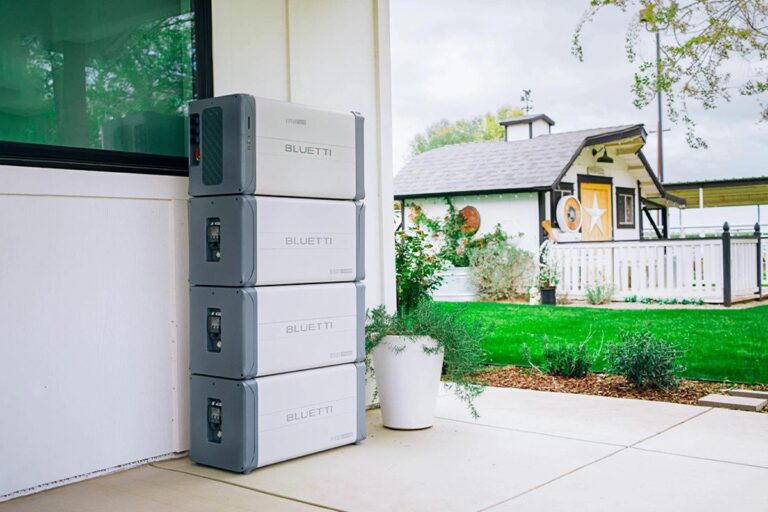
+ There are no comments
Add yours